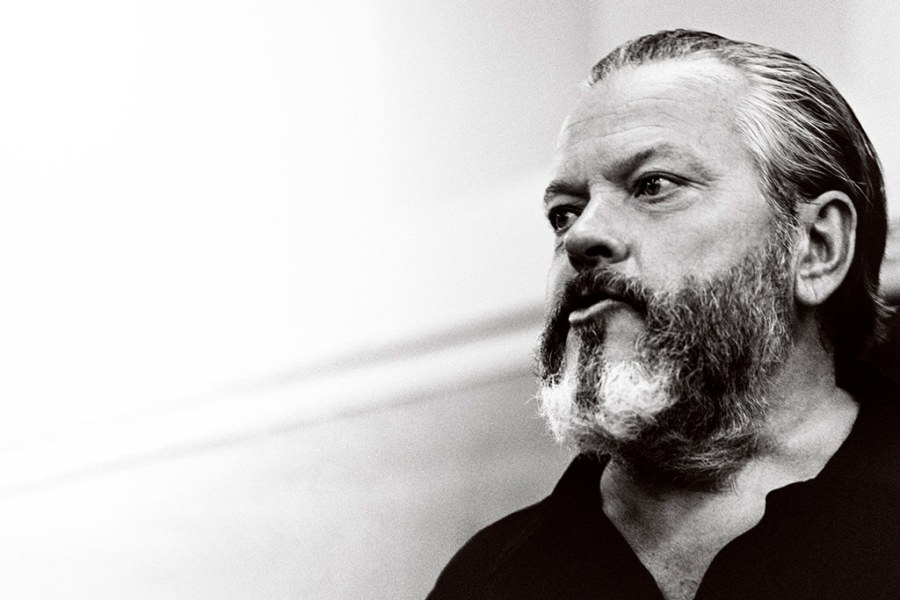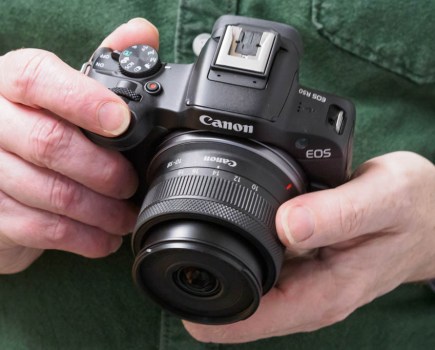Greg Gorman is one of the best-known and most accomplished celebrity photographers, famed for his beautifully executed and revealing images of everyone from Robert De Niro to David Bowie, Barbara Streisand to David Bowie.
His work has appeared in some of the most famous magazines and newspapers in the world, including Esquire, GQ, Life, Vogue, Newsweek, Rolling Stone, Time, Vanity Fair, and the Sunday Times.

Greg Gorman at the Xposure Photo Expo
Greg now spends much of his time teaching and running workshops and was more than happy to share some of his lighting secrets with deputy editor, Geoff Harris, at the Xposure Photo Expo in the UAE.
What was it that attracted you to portrait photography?
I always found myself attracted to making pictures of people – I liked the communication aspect of it, and the challenge of getting inside somebody’s head, to get that connected portrait.
Who were your biggest influences?
Certainly Richard Avedon and in a different style, later Helmut Newton, as well as the Hollywood photographer, George Hurrell. I also liked a lot of photographers you don’t immediately associate with portraiture, such as Henri Cartier Bresson and Brassai.
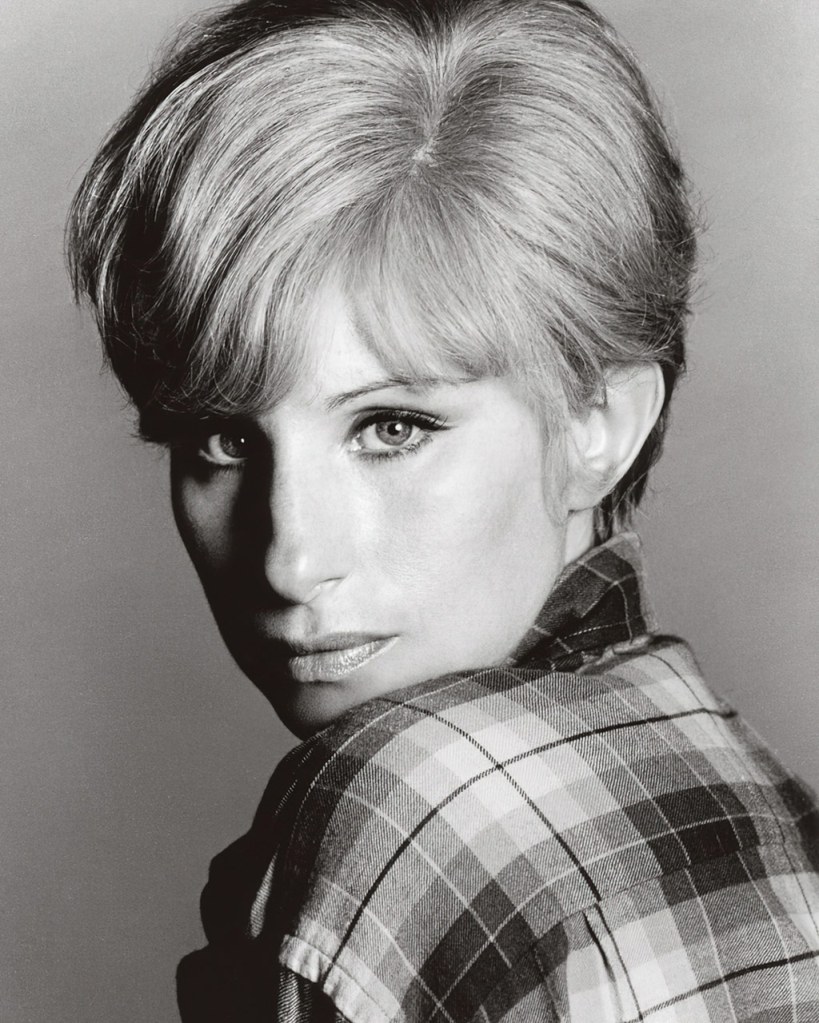
Barbara Streisand, Los Angeles, 1981. Credit: Greg Gorman
How did you get your big break shooting celebrities?
I was lucky early on in my career that I got to shoot Maxwell Caulfield for Interview magazine. I was very lucky, as I got to do a lot of covers for that publication back in the 80s and 90s.
Working with Barbara Streisand and Bowie in the early days helped too, along with working on movies like Tootsie, Big Chill and Scarface. This all helped to establish my credibility as an artist.
Did you ever get starstruck or nervous at the beginning?
Of course when Barbara Streisand phones you up and asks how you do you plan to photograph her, it gets you thinking a little bit!
I was nervous photographing David Bowie the first time as I admired him a lot, but then I realised he was just a good guy, and fine to work with. Obviously you tend to be a bit more insecure about your early work… until you get more experience and bolster your confidence, it takes a while.
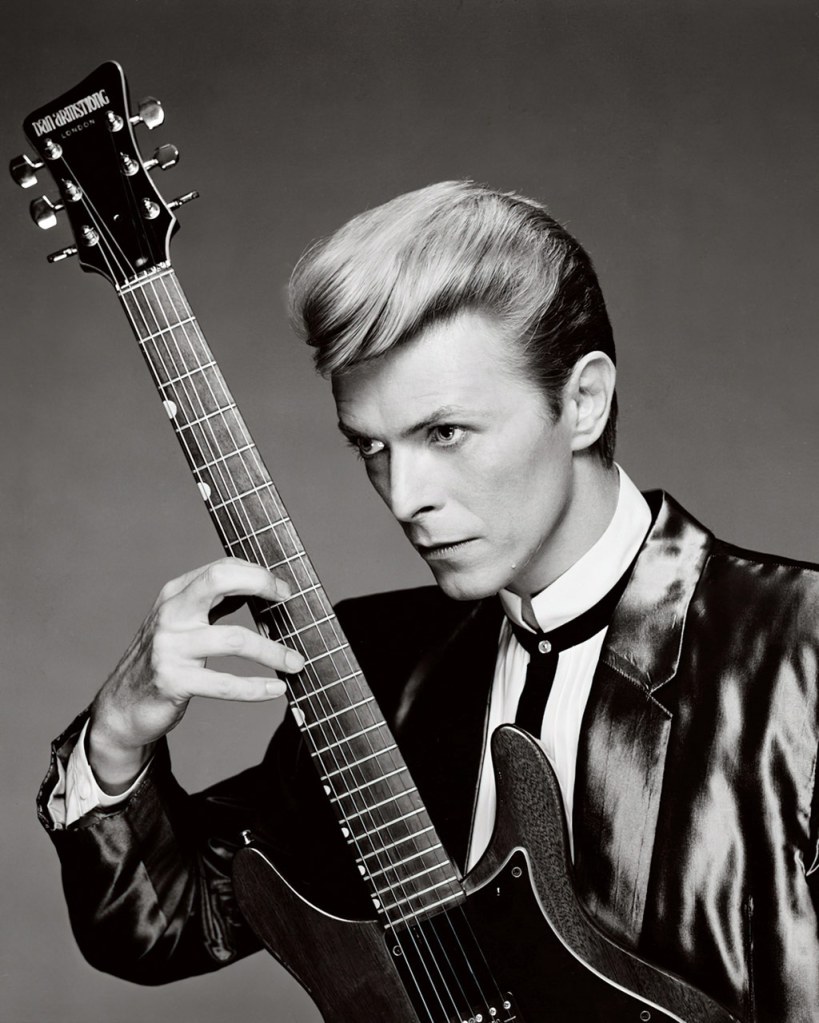
David Bowie, New York City, 1984. Credit: Greg Gorman
You also changed your lighting style to develop a ‘signature’ approach. Can you tell us more about this?
When I first started taking pictures, the light was right over the camera, with more of a broad lighting spectrum. When I put all my pictures up on the wall it kind of looked like interchangeable postage stamps!
Then I got an assignment with Tom Waits and for three days we went out and made pictures. My assistant, David Jacobson, who was a highly skilled photographer in his own right, showed me the importance of putting the light off the central focal point of the camera and creating a strong dynamic range between the highlights and shadows.
So David was very influential in helping me find my style and my voice. I realised I liked this style very much, not answering all the questions in the picture and putting more of the image in shadow, and sometimes more in highlight.
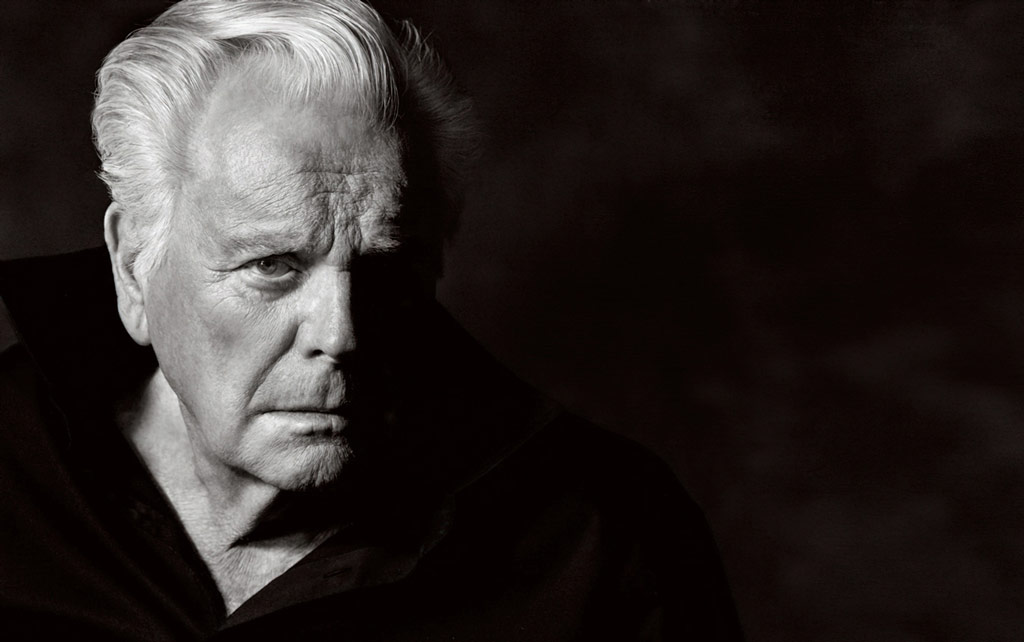
Robert Wagner, Los Angeles, 2020. Credit: Greg Gorman
In my earlier picture everything was lit, it didn’t leave much to the imagination. When you create a stronger dynamic range between the highlights and shadows, leaving more to the imagination and making the viewer wanting to know more, I think that’s a more successful photograph than one that answers all the questions.
You’ve photographed some true giants of the entertainment industry. How do you put them at their ease and get the best results from a shoot, when time can be limited?
Drugs and alcohol! No just kidding. I always shared my vision with them. If I was using a polaroid in the early days, I’d show them what I was shooting, if that is what it took to build their confidence.
To make a connected portrait, the ‘talent’ needs to understand you are playing for their team and not some silly art director who has a bug up his ass about what he wants. It’s about making them understand that you are looking for a successful portrait that everyone is happy with.
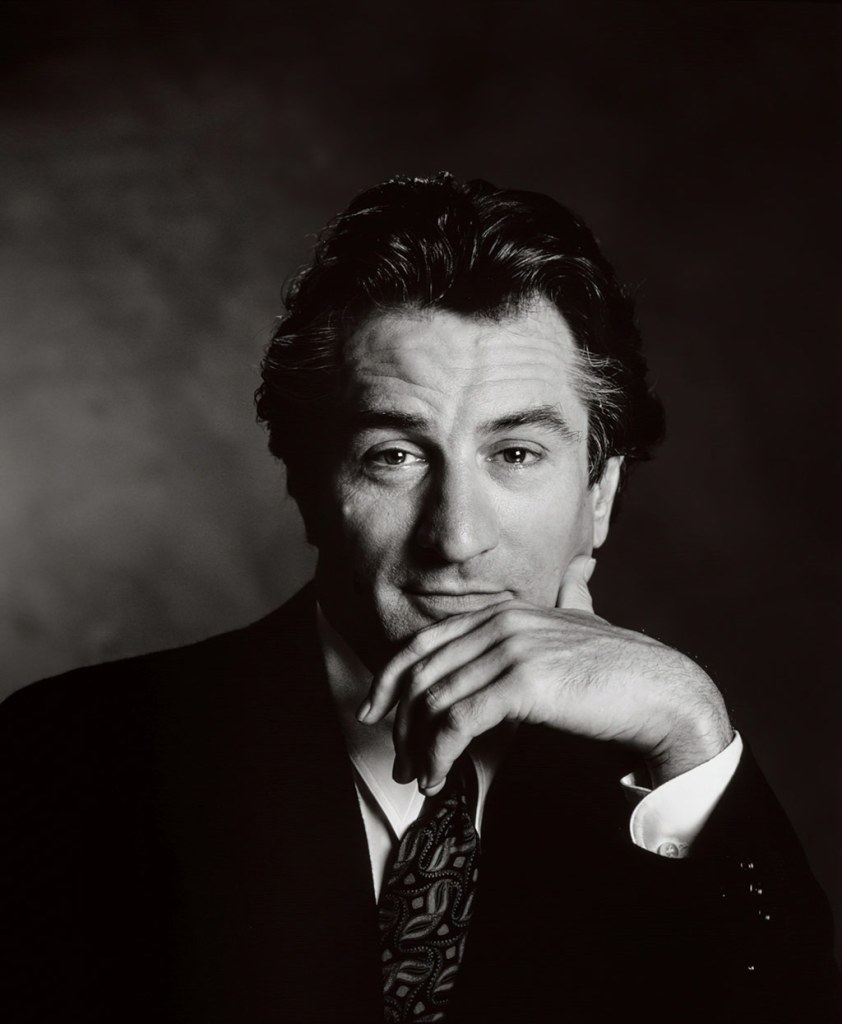
Robert De Niro, New York, 1991. Credit: Greg Gorman
You’ve sometimes had to go extremes to get the best results, right?
Yes, Keanu Reeves was a good example. We’d just started shooting in a loft in downtown LA and I could see Keanu was not very comfortable.
I asked him what he’d like to be doing, and he replied, ‘I’d like to be riding my motorcycle in the Malibu canyons’ so I said, ok, let’s pack it up and go there.
It turned out to be one of my successful photo shoots. That is a pretty extreme example, and most of the time I follow my intuition and it works. Sometimes, the ‘talent’ just isn’t comfortable and we call it off, but that’s very rare.
Have any of your celebrity subjects been really difficult?
Yes, some, but I don’t talk about them too much. I do have a funny story though.
One time I was shooting Steven Seagal for a GQ magazine cover, taking my early polaroids and showing them to him and he’d take them to show this other guy. When I asked Steven who it was, he said, ‘oh he’s my lighting consultant.’
I replied, ‘far out, here’s my camera, why don’t you let him take the picture!’ I’m not saying Steve was difficult, and we’re friends now. Most people coming in to my studio are on their best behaviour.
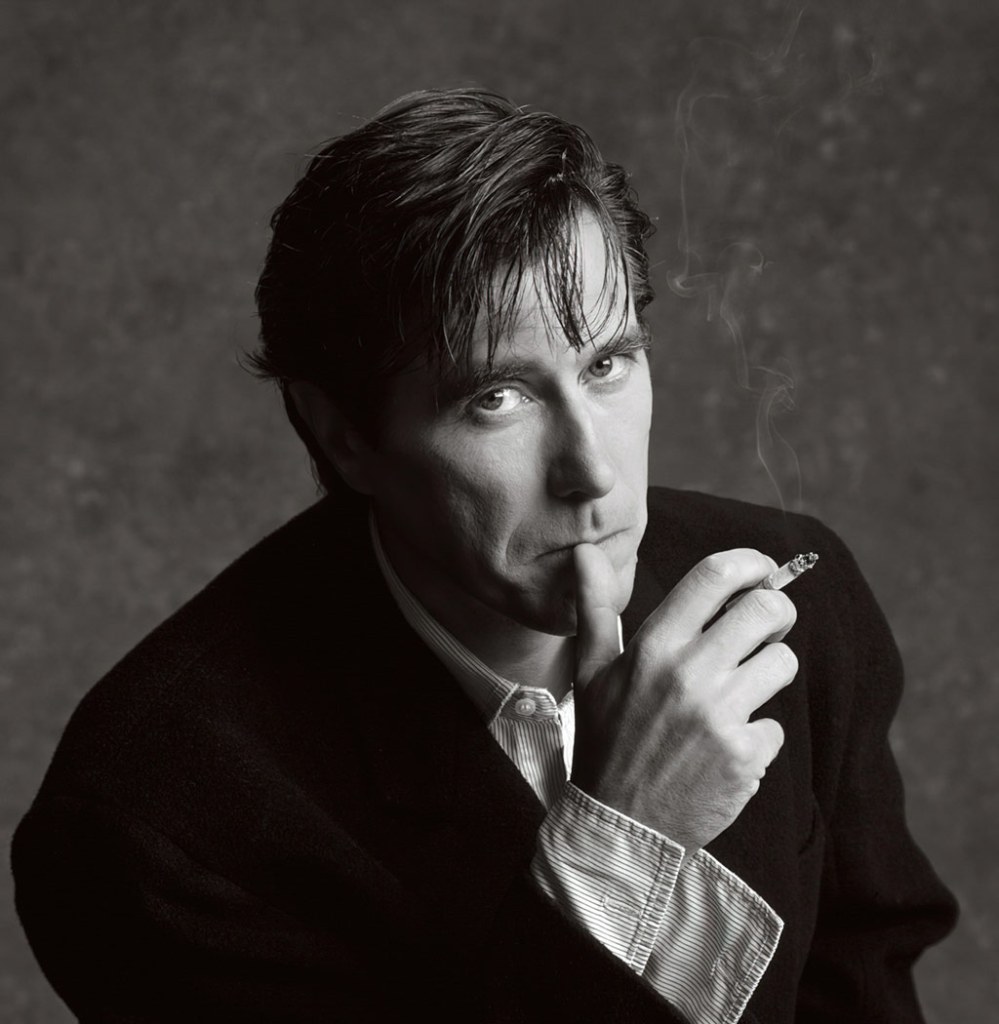
Bryan Ferry, Los Angeles 1987. Credit: Greg Gorman
You like to keep your lighting set-up simple, right?
My lighting set up has always really simple. I don’t light in a complex way. I use a single point light source, like the sun, or a big LED or strobe, coming from one direction. I then fill it with a silver/white reflector, or take the light away, using a black reflector.
So my light is pretty directional when I shoot. I look at a person’s face and decide what I want to play up in the shadows and the highlights.
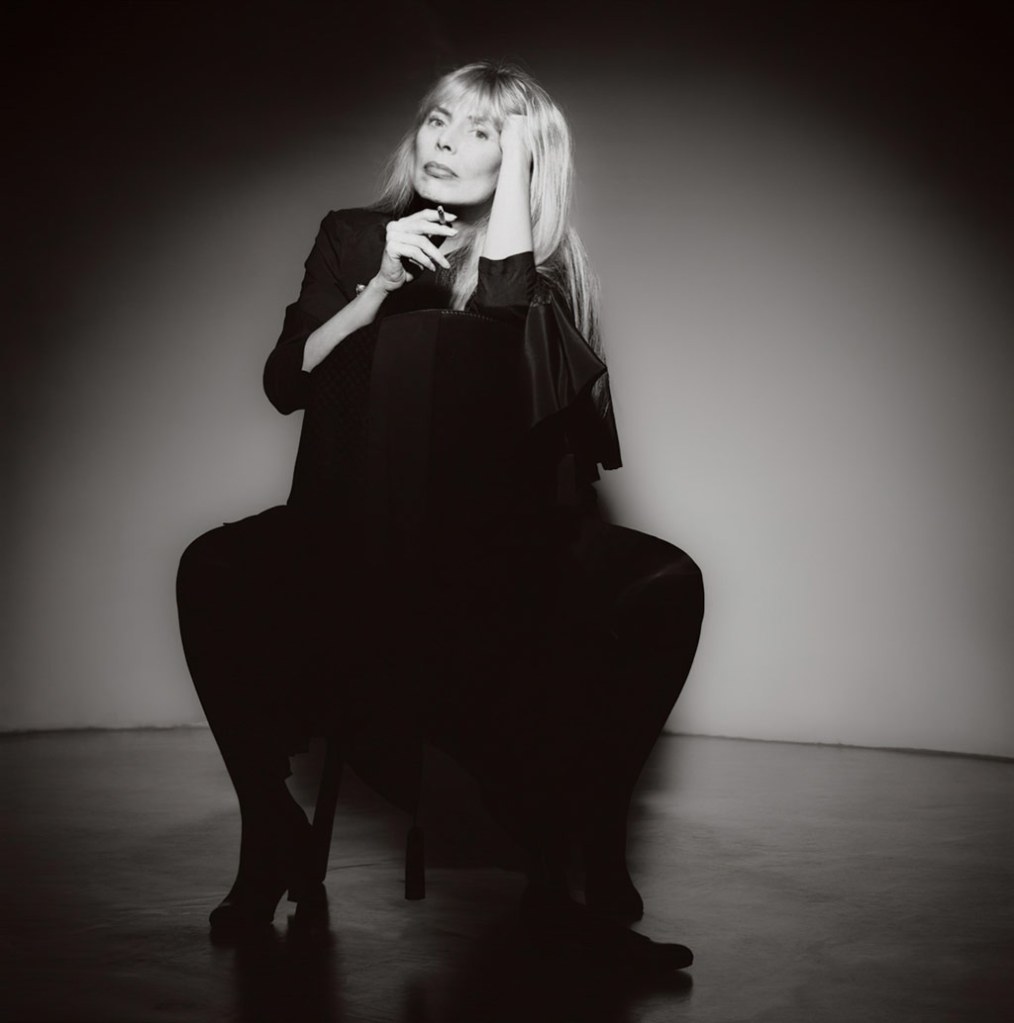
Joni Mitchell, Los Angeles, 2004. Credit: Greg Gorman
You now teach a lot, what is the biggest lighting mistake you see your students make?
Not looking where the light is coming from. I always tell people to walk 360 degrees around their subject to see where the light looks best, rather than just thinking ‘oh this spot looks nice’ and starting shooting. You should check the angle, check the light is focussed on the subject.
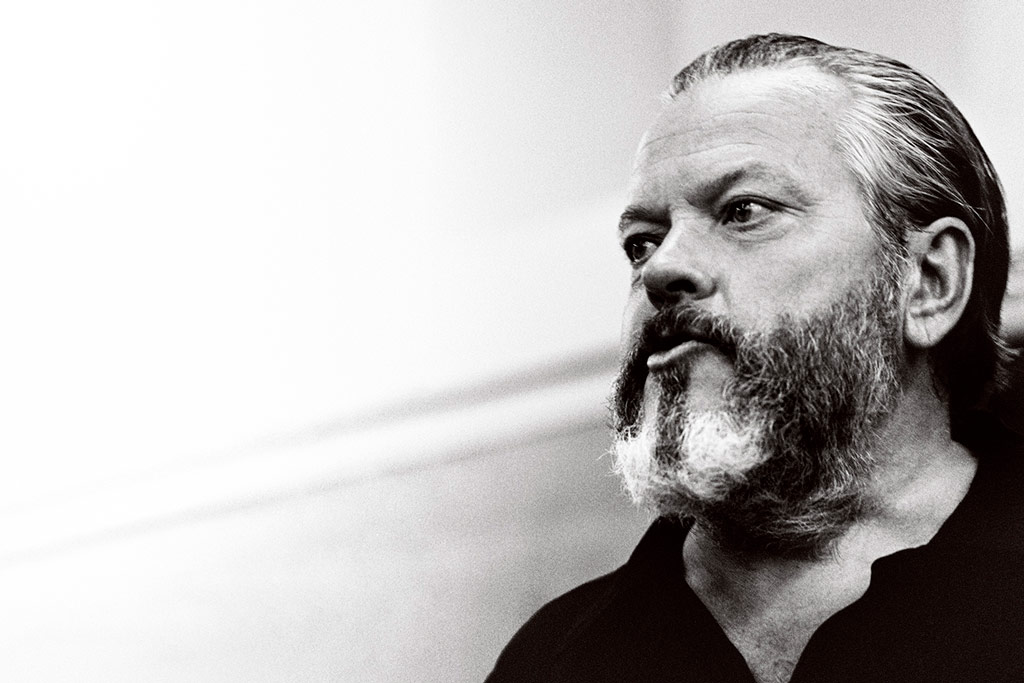
Orson Wells, 1970. Credit: Greg Gorman
You’ve recently published a career retrospective, ‘It’s Not About Me,’ covering 40 years of work. Was that hard to put together?
It was a challenge. I started out with 160 boxes of transparencies and negatives plus all my digital files. We edited 10,000 images down to 1,000 and then to about 400 with my creative director.
What projects have you been working on recently?
An interesting project came out of Covid. I realised I couldn’t have people in my studio so I gave myself an assignment, something I said I would never do – photographing a subject that would never talk back!
So I set about shooting my collection of voodoo and fetish dolls and African masks. I felt it needed more, however, so I suggested adding them to artwork of street art and graffiti and decaying items that my creative director Gary Johns was putting together.
He was sceptical but the collaboration turned out really well, and led to my latest exhibition. Homage to African Tribal Arts. It’s basically about how African art has been a key influencer in European and American culture.
Get to grips with lighting for stunning portraits
DIY home lighting solutions

